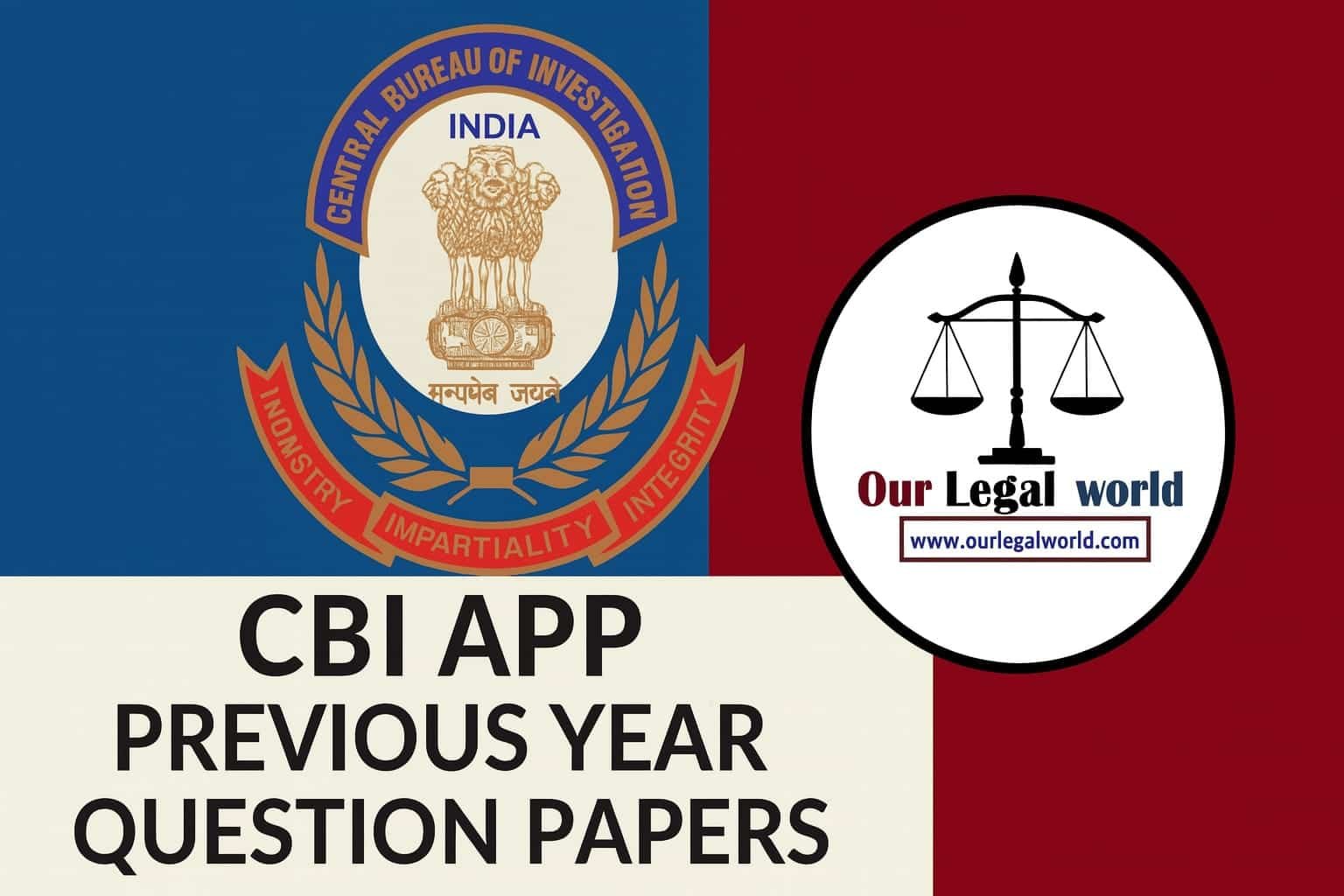INTRODUCTION:
The rights, duties, and obligations of international law can be enjoyed when the state is a part of the international community. To become a member, the state has to recognized as an entity i.e., other states who are already a part of the International Community have to acknowledge it. The existing state must give awareness of its ability to be a state. Such awareness by prevailing states is called recognition.
What is recognition? Why and how is it granted? What are the types and forms of recognition?
This article will answer all the questions in the following sections i.e., the mode of recognition of the state and also it’s important and the necessity of being recognized as a part of the international community will be briefed in this article.
WHAT IS RECOGNITION?
Recognition is a process whereby certain facts of the state are accepted and endowed with a certain legal status.
The term recognition as an international legal term may be defined as under: “The acknowledgment or acceptance by the members of the international community, that a new state has acquired international personality, is said to be recognized.”
Recognition of state under the International Legal System [1] can be defined as “the formal acknowledgment or acceptance of a new state as an international personality by the existing States of the International community”.
To know better about recognition, essentials, and theories of recognition are explained.
Essentials for Recognition of State:
The state to become a part of the international law, it should own the credentials declared in Article 1 of the Montevideo Conference, 1933 [2]. The qualifications are
- A permanent population.
- A defined territory
- government
- Capacity to enter into relations with other states.
Theories of Recognition:
A state is recognized as a new entity under international law is mainly based upon the 2 theories, they are
- Consecutive theory.
- Declaratory theory.
Consecutive Theory:
Oppenheim, Hegal, and Anziloti are the principal advocates of this theory.
According to this theory, a state can get the position of an international person and becomes a substance to International Law only after getting recognized as a state. The recognition can be given to a state only when the existing states acknowledge its statehood.
This theory does not give the idea of resistance of state unless recognized but it encourages the idea of a state only getting the exclusive rights and obligations and becoming a subject to International Law only after its recognition by other existing States.
Criticism:
- States do not seem to accept recognition as a legal duty
- It creates many difficulties when a community claims of being a new state.
Adding to that its non-recognition will, imply that it has no rights, duties, and obligations under international law therefore, it is not right in any sense so shall be vetoed.
Declaratory Theory:
Wigner, Hall, Fisher, and Brierly are the principal advocates of this theory.
This theory is placed in Article 3 of the Montevideo Conference, 1933 and it states that “the political existence of the state is independent of recognition by the other states. Even before recognition, the state has the right to defend its integrity and independence.”
Criticism:
- It is not correct that in all cases the existing fact shall imply statehood, rather some time the statehood may be constitutive.
MODES OF RECOGNITION:
- De facto Recognition.
- De jure Recognition.
These are the two modes of recognition.
De facto Recognition: It is the process of acknowledging a new state by a non-committal act.
- De facto recognition is a provisionally grant.
- It is the first step to the next mode of recognition.
- It is a temporary and factual recognition as a state
- It can either be conditional or without any condition.
- A test of control for newly formed states.
When the other existing countries have an opinion that the new state does not have enough capacity but the new state holds a sufficient territory and control over a particular territory.
Example: The Soviet Union was de facto recognized by the government of the UK in 1921
De jure recognition:
When the other existing countries have an opinion that the new state has all the eligible capacity then such state will be recognized by the de jure recognition. To grant recognition under the de jure method there is no need for the fulfillment of the first mode.
- It is granted when the newly formed state acquires permanent stability and statehood.
- It grants the permanent status of a newborn state as a sovereign state.
Example: The Soviet Union was given de jure recognition Soviet Union was in 1924.
In conclusion, there is no distinction between de facto and de jure as it is for the states to give effect to the internal acts of the recognized authority. This was held in the case Luther v. Sagar [3]. [(1921)3 KB 532]
FORMS OF RECOGNITION:
Like modes, forms of recognition also two forms and they are
- Express Recognition.
- Implied Recognition.
When through official declaration or notification, an existing state recognizes a new state expressly then it is called express recognition. It can be made by a formal and express declaration or statement published or sent to the opposite party (new state). Expressed recognized states are de jure recognized states unless it is recognized by declaration mode.
Implied recognition:
When through an implied act, an existing state recognizes a new state expressly then it is called implied recognition. Implied act means not through official declaration or notification and implied act cannot be determined, it will vary from case to case.
CONDITIONAL RECOGNITION:
If a new state is given to fulfill certain conditions in accumulation to the requirements of statehood by the existing state to obtain its status as a sovereign state then it is called conditional recognition.
For example, the conditions maybe
- Religious freedom
- The rule of law
- Democracy
- Human rights
- Some territory
- Has some population
- Government and sovereignty etc.,
Mostly the conditions to fulfill should be based on some political considerations.
Criticism:
Conditional recognition is often being criticized.
- Recognition of state can be only based on law and it cannot be based on additional conditions made by the existing states.
- If the state does not fulfill the condition attached, recognition should be valid as it fulfilled the requirements of statehood.
- Conditional recognition will also affect the relationship between the existing recognized countries and the newly recognized countries.
WITHDRAWAL OF RECOGNITION:
Withdrawal of Recognition is also of two ways
- Withdrawal of De facto recognition
- Withdrawal of De Jure recognition
Withdrawal of De facto recognition:
If a state has de facto recognition and if it fails to fulfill the essential conditions of statehood it can be withdrawn over declaration or through communicating with the authorities of the recognized states and also be done by issuing a public statement.
Withdrawal of De Jure recognition:
It is interpreted that de jure recognition cannot be revoked but there are some Jurists who consider de jure recognition as a political act that considers it revocable. Therefore, there are unalike opinions about the withdrawal of de jure recognition.
Such recognition can be made only in exceptional cases or when the states do not fulfill the essential conditions of statehood. It can be withdrawn over by issuing a public statement.
RECOGNITION OF GOVERNMENT:
An essential part of statehood is the government. Change of government in a state is a usual thing and if it happens due to an ordinary course of political action, there is no need for recognition of government by the existing state. But if the change of government is because of any revolution, then there is a need for recognition by the existing state.
The points to be considered for recognition of government are whether this new revolutionary government is
- Sufficient control
- Willing to fulfill the international duties
If the existing countries are satisfied with the capability of the new government, then it can be recognized as a new entity. The recognition of the government aims to keep the relations in the same manner as were with the previous government.
CONCLUSION:
The recognition of the state is an important process, that a state can become a part and enjoy all the privileges of statehood community under international law. Whenever there is a conflict between consecutive theory and declaratory theory, the in-between the consecutive and declaratory theory can be followed for recognition.
In the same way for the theory followed for recognition is too much politically influences on the International platform.
The option for withdrawal from recognition is provided due to the obstructions created by the powerful state and even when the existing country feels that the state does not fulfill the requirements of statehood.
REFERENCES:
- United Nations, https://www.un.org/en/sections/issues-depth/international-law-and-justice/index.html.
- Montevideo Convention on the Rights and Duties of States, https://www.ilsa.org/Jessup/Jessup15/Montevideo%20Convention.pdf.
- Luther v. Sagar, (1921)3 KB 532.
- Verma S.K, Introduction to Public International Law, 2nd Edition,2014.
- Recognition of a State under International Law, https://blog.ipleaders.in/recognition-state-international-law/
- Recognition of State – its implication, modes, and necessity, Legal Bites, https://www.legalbites.in/recognition-state-implication-modes-necessity/
- Dr. Walid Abdulrahim Professor of Law, Recognition, https://sites.google.com/site/walidabdulrahim/home/my-studies-in-english/8-recognition.
Edited by- Ankita Roy
Also Read: REGISTRATION OF MARRIAGE UNDER HINDU LAW






